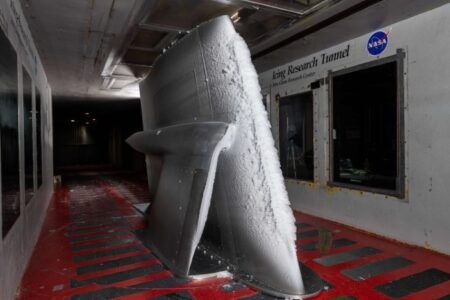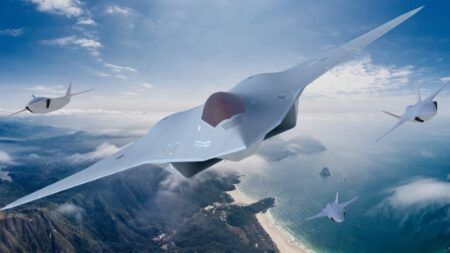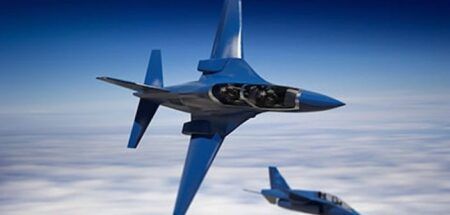The C-17 Globemaster III uses fuel at a rate that is the highest in the US Air Force. The 418th Flight Test Squadron (FLTS) has been working for the past year on the Air Force Research Laboratory’s C-17 Drag Reduction Program.
The 418th FLTS, based at Edwards Air Force Base, California, is currently wrapping up testing with the final three phases – out of five total – using 3D printed parts by Lockheed Martin. These installations use a combination of laser positioning for locating and a sealant to bond the parts to the aircraft. The laser positioning allowed the team to skip the design-and-build for installation tooling that would only be used during this program of flight testing. Bonding simplifies the installation and more importantly leaves the aircraft in its pre-test condition after removal at the end of the flight test program.
The squadron is testing parts in various configurations to see if the external structure modifications can improve airflow around the airplane. During computational fluid dynamics simulations and wind tunnel tests, areas on the C-17 were identified that showed excessive drag and were targeted for optimization.
In the spring, the first two phases of testing were completed. Those tests were conducted with two different configurations of parts made by Vortex Control Technologies.
“A 1% improvement in drag reduction will result in 7.1 million gallons of fuel reduction per year,” said Bogdan Wozniak, 418th FLTS, project engineer. “And 1-2% drag reduction could translate to US$24m-US$48m in fuel savings per year.”
Currently, the team is preparing to test the fifth and final configuration using the Lockheed Martin parts. They have recently tested the third and fourth phases, which consisted of placing 12 microvanes toward the aft of the C-17 for phase three and then adding three fairings to each wing for phase four.
The fifth phase will keep the 12 microvanes and six-total fairings with the addition of two fairings on each winglet.
The final flight for the C-17 Drag Reduction Program is expected in December.
November 30, 2016




